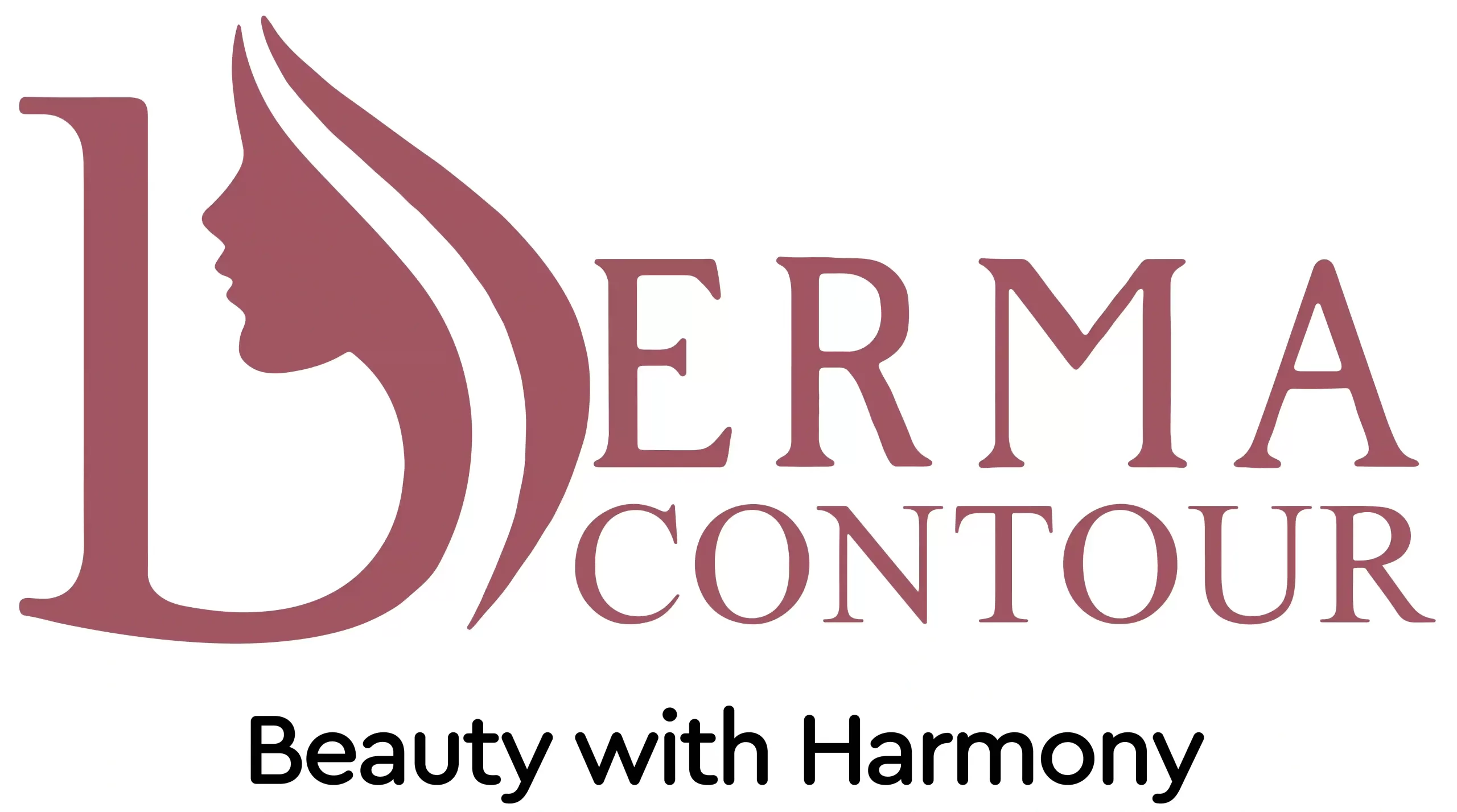Tattoo removal is becoming a highly demanded service among those who want to remove their tattoos or change their existing ones. At our aesthetic clinic, Derma Contour, we provide safe and efficient solutions for tattoo removal using premium laser equipment. In this blog, we will explain how tattoo removal works, detailing the complete process of laser tattoo removal. Aftercare plays a big role in achieving the best outcomes, and we also provide comprehensive information on the laser tattoo removal process and the critical importance of after-treatment procedures.
How Does Laser Tattoo Removal Works?
Laser tattoo removal is a process in which a beam of light is used to fade away the tattoo ink on the skin. Due to the action of the laser, the ink particles dispersed into tiny particles, which can be rinsed off slowly by the human immune system.
The Tattoo Removal Process:
- Consultation and Assessment: The process begins with an initial consultation, where your tattoo is assessed for size, color, location, and ink depth. This information helps determine the number of sessions you’ll need.
- Laser Treatment: During the treatment, the laser emits pulses of energy that break apart the tattoo ink. Each color of ink absorbs different wavelengths of light, which is why certain colors may require more sessions to remove.
- Multiple Sessions: Tattoo removal isn’t a one-time process. According to the size and complexity of the tattoo, you need approx. 6 to 10 sessions for complete tattoo removal. Each session is conducted 4-5 times a month to give the body some time to clear the fragmented ink.
Factors That Influence Tattoo Removal Success
There are various types of tattoos, so there are different ways to remove them. Several factors affect how a tattoo can be removed successfully:
- Tattoo Age: Tattoo removal can be slightly easier in the older tattoos as the ink employed has already begun to lighten with time.
- Ink Colors: Dark ink, such as black and blue, is easier to wash off than light ink, such as yellow and green color.
- Skin Type: A lighter skin complexion is preferred by the majority because results will be better, especially due to the ability of the skin to penetrate more laser wavelengths. But today, advancements in the technologies used in lasers make it possible to remove tattoos on dark skin as well.
What to Expect During Tattoo Removal
The tattoo removal process can be a little painful, although the level of pain differs from one individual to the next. The feeling most people get while experiencing the condition is compared to someone snapping a rubber band. For a client to undergo this procedure, Derma Contour makes available numbing creams to reduce the level of discomfort on skin. You may notice the skin becomes red, swollen, and there may be rashes in the treated area after each session. All these side effects are common and mostly fade away in a few days.
Laser tattoo removal is generally safe, but there are some potential side effects to be aware of:
- Redness and Swelling: Mild redness and swelling are common after each session.
- Blistering: Small blisters may form, but they usually heal within a week.
- Scarring: Though rare, improper aftercare can lead to scarring. Following the recommended aftercare instructions is essential to minimizing this risk.
Aftercare for Laser Tattoo Removal
Aftercare is crucial for promoting healing and preventing complications like infection or scarring. Here’s what you should do after each laser tattoo removal session:
- Keep the Area Clean: Gently wash the treated area with mild soap and water. Avoid scrubbing the skin.
- Apply Healing Ointment: Use a thin layer of antibiotic ointment (such as Neosporin) to keep the skin moist and prevent infection.
- Avoid Sun Exposure: The treated skin is more sensitive to UV rays, so it’s important to protect the area with clothing or sunscreen.
- Stay Hydrated: Drinking plenty of water helps support your body’s natural ability to clear away the ink fragments.
Conclusion:
In conclusion, while laser tattoo removal is generally safe and effective, it’s important to be aware of potential side effects like redness, swelling, blistering, and, in rare cases, scarring. These reactions are typically mild and temporary, but proper aftercare is essential to minimize risks and ensure smooth healing. By following recommended guidelines, patients can achieve the best possible outcome with minimal complications.
FAQs
Most people require 6 to 10 sessions, depending on the size, color, and location of the tattoo.
Some discomfort is normal, but numbing creams can be used to minimize the pain.
Darker colors like black and blue are easier to remove, while lighter colors like green and yellow may take more sessions.
Minor side effects like redness and blistering are common, but scarring is rare if you follow proper aftercare instructions.
Sessions are typically spaced 4 to 8 weeks apart, and the entire process may take several months to a year depending on the tattoo.
